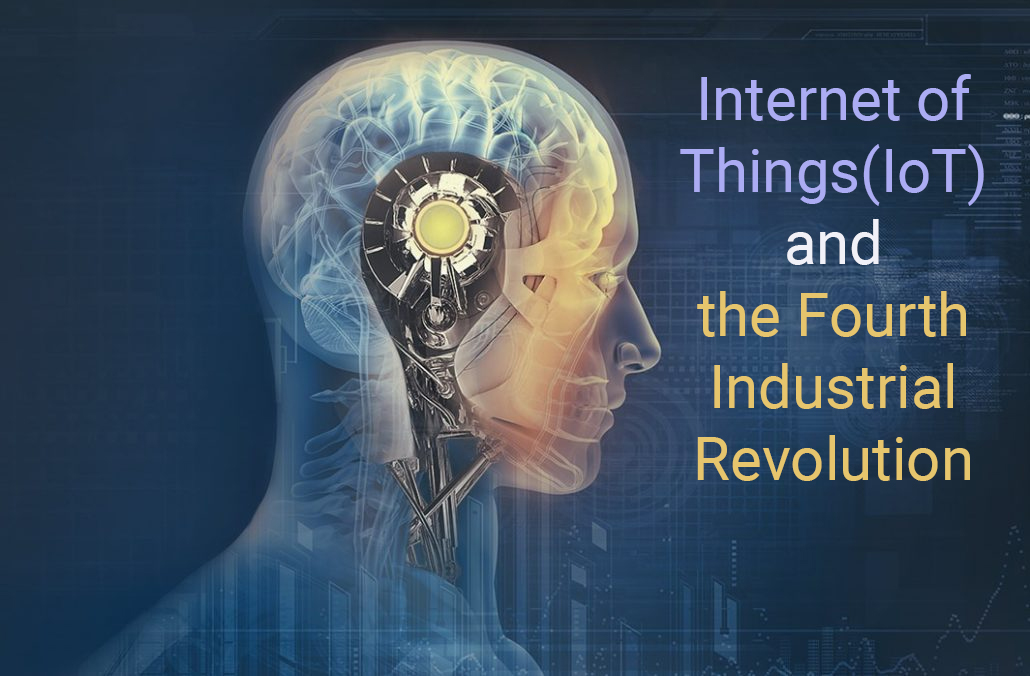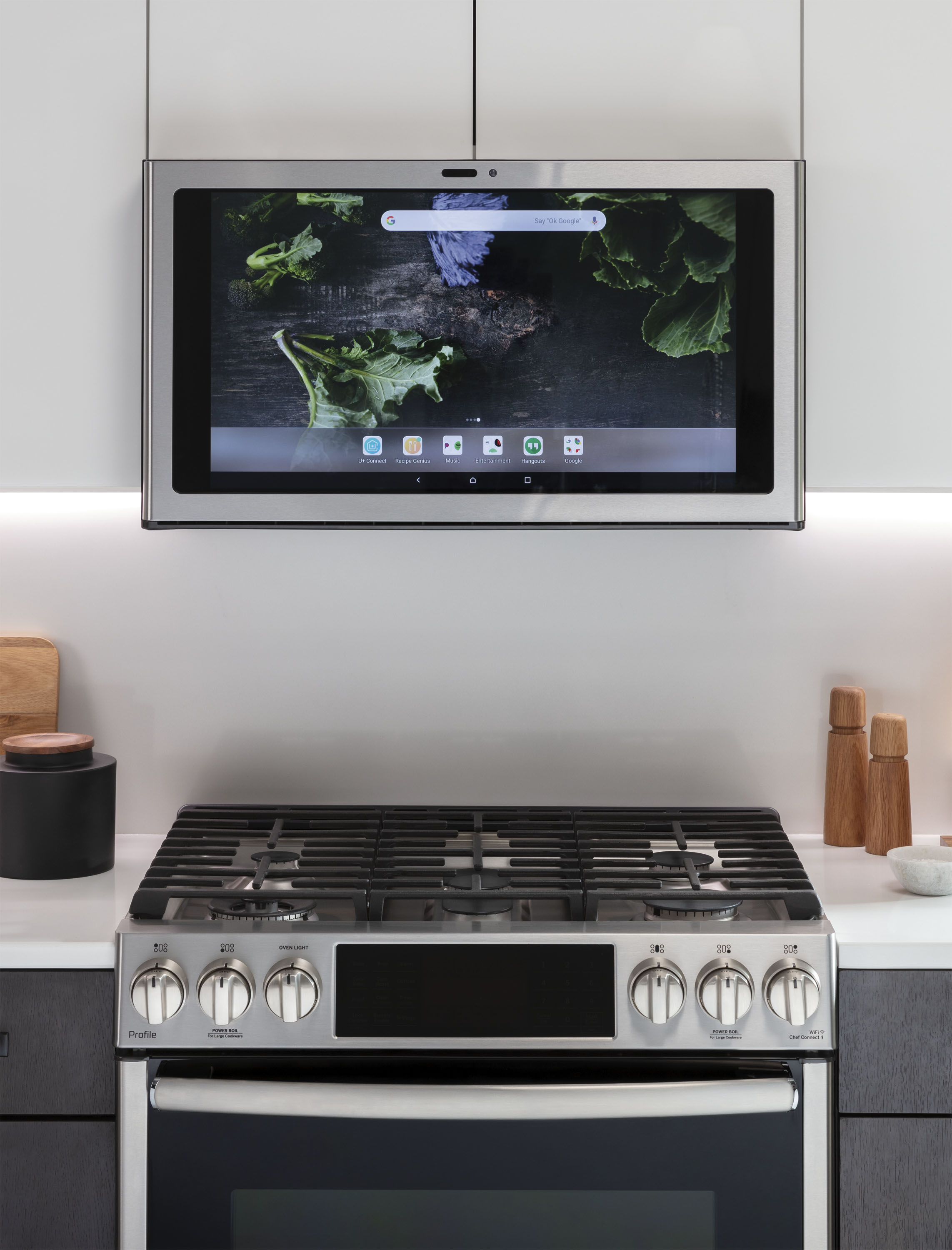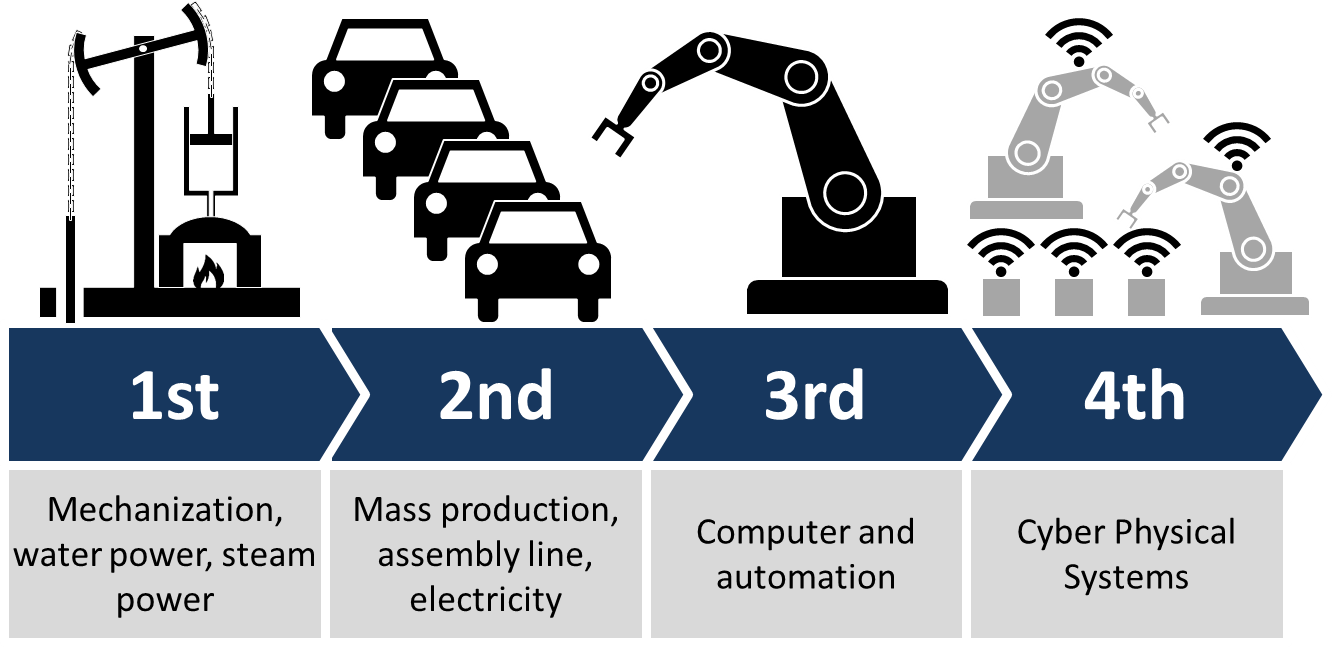Internet of Things(IoT) and the Fourth Industrial Revolution
30 April, 2019

Chances are (unless you’ve been living off-grid for the last few years) you’ve heard the terms Internet of Things (IoT), Industrial Internet of Things (IIoT), and Industry 4.0, but like many people you may not be able to pinpoint what exactly each one means and how they relate to each other. To start learning what the implications of these new concepts really are, we need to start with the root of it all: the Internet of Things. In the broadest terms, the Internet of Things (IoT) encompasses all physical devices connected to the internet that collect and share data. You probably have a device that is a part of the IoT, as according to a survey by PlumChoice in 2017 a staggering 79% of people already owned at least one smart home device.¹ Considering one of the most popular smart home devices, the first Amazon Echo device with Alexa, was released in late 2014 this growth can certainly be described as explosive. With more and more companies taking advantage of this huge demand for IoT technology, including home appliance manufacturers such as GE and entertainment devices, the industrial sector has started to catch on. If GE can use their new Kitchen Hub, released in early 2019, to collect data ranging from your grocery lists to your Spotify playlists, why can’t industrial companies use this technology to further improve their efficiency and production?

Figure 1 - GE's Kitchen Hub Smart Kitchen System, on the market for a cool $1,199 - $1,399 MSRP²
The short answer is that they can and they are. Connecting devices to the internet with the intent of collecting and sharing data can boost most industrial operations to a whole new level, and many industrial leaders are already taking advantage of this. Some capabilities of the Industrial Internet of Things (IIoT) range from predicting when maintenance should be done on equipment to pinpointing exactly where a problem is occurring on the line to speed up the diagnostic process. This is done by setting up a huge network of sensors and instruments integrated with industrial equipment to use cloud computing for advanced data exchange and analytics. The implications of these advances are already being utilized by many industrial leaders that experts are calling this Industry 4.0 or the fourth industrial revolution.

Figure 2 - A quick history review of each Industrial Revolution³
You probably are aware of some applications of IIoT without even realizing it. For example, Cartasite released the ROVR device in 2009.4 The ROVR device is widely used by operators in the energy industry to improve motor vehicle safety. One of the greatest risks in the oil and gas industries is motor vehicle incidents. The ROVR device presents a simple, easy to use solution for fleet management. It is a fully integrated system that uses a satellite monitoring system, ROVR SL, to provide information such as real-time movement. All of the data collected can be kept on cloud computing platforms for convenient storage and access. Algorithms developed by Cartasite can also provide detailed analysis of behavioral trends of individual drivers, and unsurprisingly the two biggest benefits of ROVR are an increase in safety and a decrease in cost.

Figure 3 - The ROVR device from Cartasite5
Imagine how a similar technology could be used on a production line. By using a network of sensors and instruments, any unsafe operation or equipment failures could be precisely monitored and remedied before costly damages or interruptions occur. Modern assembly lines require perfect synchronization that in some way traces back to relying on imperfect humans. Adding these technologically advanced components that are perfectly integrated into your system takes away some of the risk in operations.
As the IIoT becomes more widely recognized and utilized, all industrial organizations will have to implement some degree of this integrated technology to stay competitive. IIoT technology makes it possible to reduce the amount of time and cost to produce an item, and start making more out of less.










